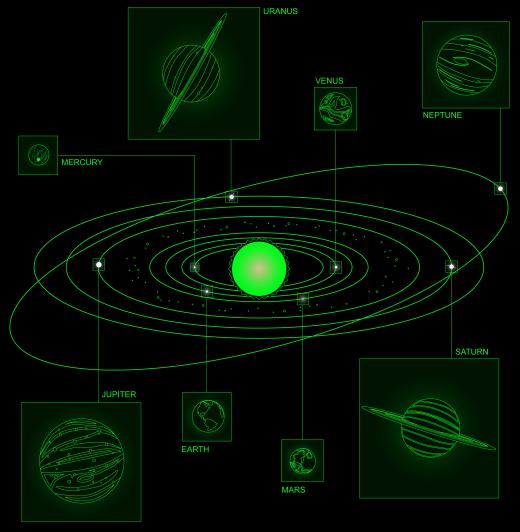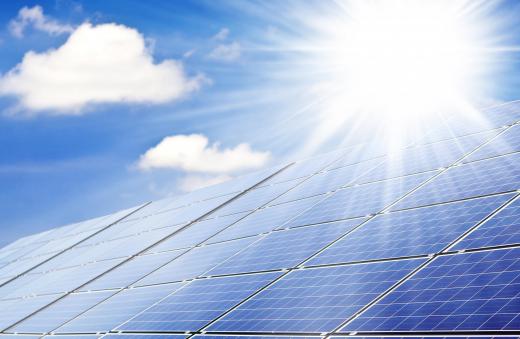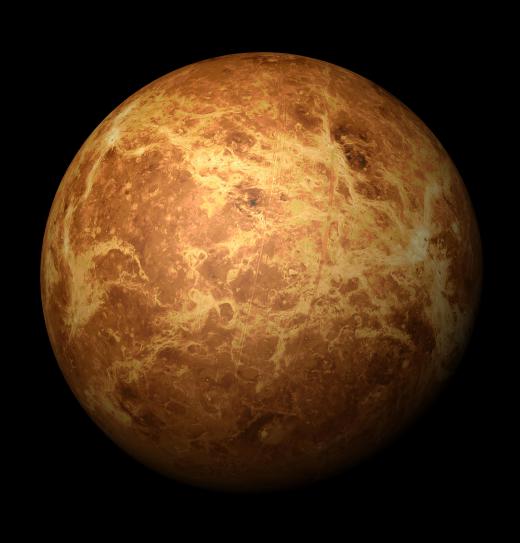Could Venus Ever be Colonized?
 Michael Anissimov
Michael Anissimov
Venus is covered by a carbon dioxide atmosphere with toxic sulfuric acid clouds. At the surface, the pressure is about 92 atmospheres, similar to being under a kilometer of water on the Earth. Its surface is the temperature of an oven, averaging 863 °F (462 °C). The equator is even hotter, at 932 °F (500 °C), sufficient to melt lead. When the Soviets sent specially-armored probes to the surface of Venus, they only lasted between 20 and 40 minutes before succumbing to the extreme pressure and heat.
Despite these harsh conditions, Venus is appealing to colonize. With similar mass to the Earth, it would offer similar surface area and familiar gravity levels, unlike small, low-g Mars. It is also closer to Earth than Mars is, and its proximity to the Sun would provide greater solar power per square foot of solar panels.

Unfortunately, colonizing the surface of Venus would be very difficult. You'd either need to create cybernetic humans that can operate in such harsh conditions, or somehow solidify a large part of the atmosphere to lower its density. This would require planetary engineering of Venus, a truly energy-hungry and logistically challenging process. The process of transforming a hostile planet to a more Earth-like environment has been called terraforming.

More realistic in the coming century or two is colonizing Venus's upper atmosphere. At an altitude of about 50 kilometers, the air pressure is similar to that on Earth's surface. Because breathable air serves as a buoyant gas in the atmosphere of Venus, floating domes filled with air would be similar to balloons, allowing floating platforms. The winds here are intense enough to blow a floating platform around Venus about every 100 hours, leading to a 100-hour day, highly preferable to depending on Venus's natural rotation, which makes one full revolution only every 243 days!

Obtaining breathable air for humans could be done by processing Venus' atmosphere. The carbon dioxide, making up 96.5%, could be processed to provide oxygen. Nitrogen, which makes up 78% of our own atmosphere, makes up 3.5% of the Venusian atmosphere, could also be extracted and purified in large quantities.
AS FEATURED ON:
AS FEATURED ON:














Discussion Comments
To effectively colonize Venus we need to work on ideas about colonizing other planets and moons in the system. Likely doing the opposite of what it would take to colonize Pluto.
Think of placing a mirror/lens in the lagrange point between Pluto and Uranus. This would heat up the planet faster. In Venus' case would just have to darken the mirror/lens allowing less light to go through.
The real trick to such an ordeal is being able to guarantee that it stays in a constant place in relation to the planet and the sun so that it remains a steady of stream light hitting the planet.
@stormyknight:
Here's some Venus facts:
Venus is a very slow rotating planet. A day on Earth takes 24 hours to complete and a day on Venus is 243 of our Earth days.
And yes, Venus rotates backward in comparison to all of the other planets in our Solar System. If it were possible for you to fly above the Solar System to look down at the planets, they would all be turning in a counter-clockwise direction except Venus. It rotates in a clockwise direction.
I have heard that Venus rotated backward. Is that true?
@grumpyguppy: Venus has been called the Earth’s “evil twin”. Venus and Earth are very similar in size and mass. They also both orbit the Sun in very similar orbits. Venus is only 650km less than the size of Earth. The mass of Venus is a little over 81% the mass of Earth.
That’s about the end of the similarities. Venus’ atmosphere is 96.5% carbon dioxide. It has a runaway greenhouse effect that raises the temperatures to 461AC. The pressure is so intense that it would crush you if you tried to walk on the surface of the planet.
Isn't Venus a lot like Earth, comparably?
Post your comments